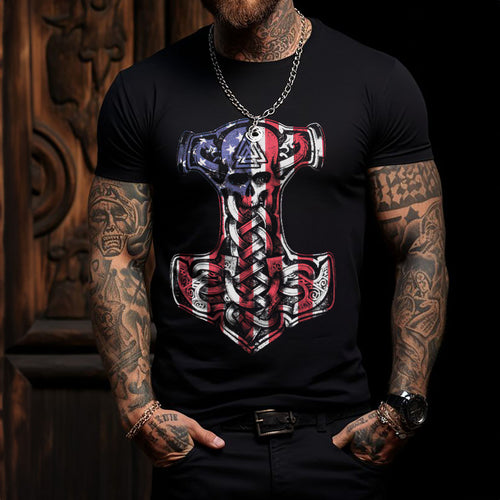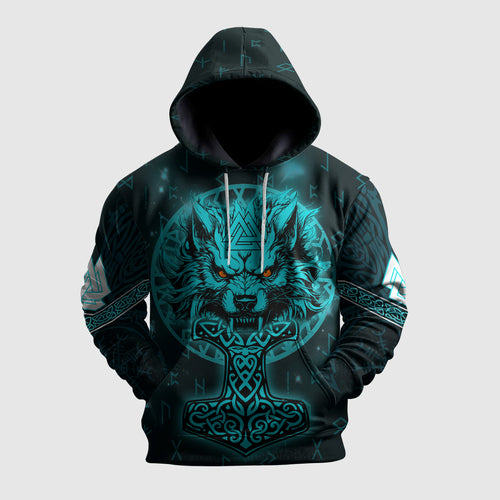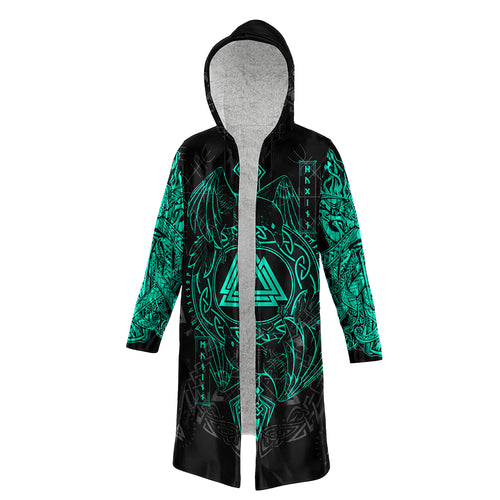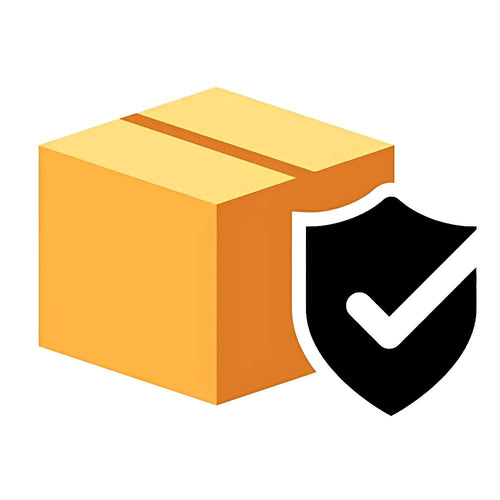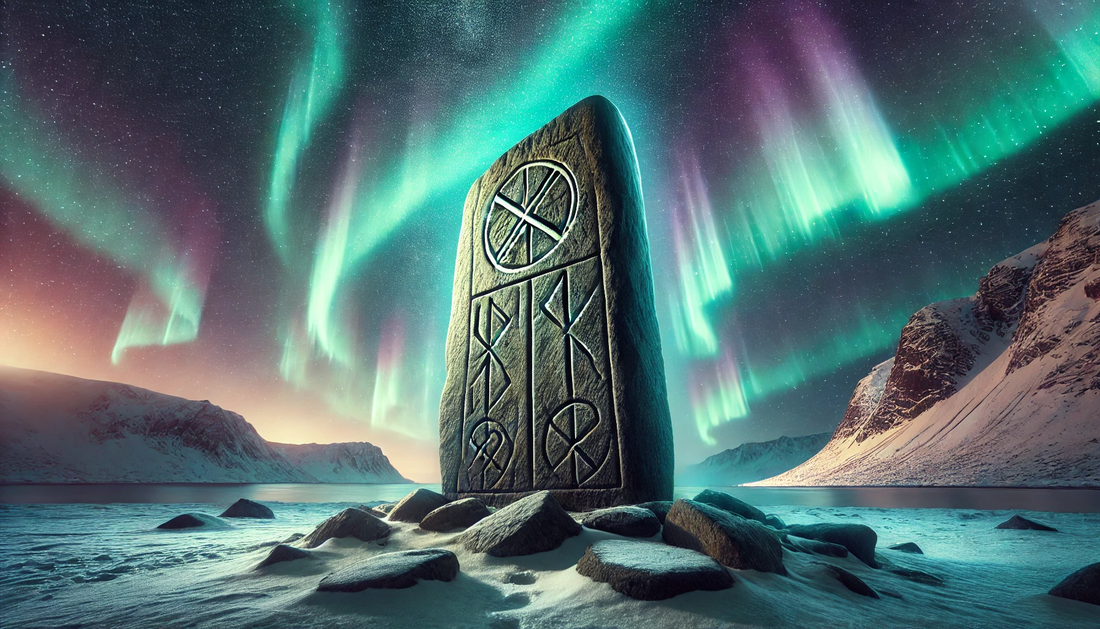When delving into ancient Germanic and Norse culture, few symbols stand as powerful and significant as the futhark runes. This ancient alphabet, named after the first six letters of the runic sequence (F, U, Th, A, R, K), was more than a writing system—it was a sacred tool believed to connect the mortal world with the divine. Here is the alphabet of it !

Runes as Tools of Fate
Much like the Norns in Norse mythology, the futhark runes played a role in determining fate. Their use in rituals, particularly by figures like Völvas (Norse prophetesses), allowed for the interpretation of the will of the gods. The runes were not just a means of communication but tools for shaping and understanding the future.
- The Role of Divination: Tacitus, in his writings, described how Germanic women would cast runes for divination. This practice allowed individuals to seek guidance from the gods, particularly during times of war or great decisions.
- Spiritual Power in Inscriptions: Runes were often carved on weapons, stones, and tools to imbue them with magical protection. Their presence was seen as a way to invoke divine strength, particularly in battle or during significant rituals.
Symbolism and Mystical Depth
The futhark runes held symbolic depth, with each rune representing more than just a sound. They stood for various natural forces, elements of life, and spiritual truths. Fehu, for example, represented wealth and prosperity, while Ansuz symbolized communication and wisdom, often associated with Odin himself.
- Two Purposes: Runes served dual purposes—they were both letters in an alphabet and sacred symbols with mystical significance. While some inscriptions, such as the Codex Runicus, contain entire texts, most runic writings are short inscriptions, often of magical or religious nature.
- The Evolution of Futhark: The runic alphabet evolved over time, with the earliest versions containing 24 characters, known as the Elder Futhark. Over the centuries, as different Germanic tribes adapted the runes, newer versions like the Younger Futhark emerged, reducing the number of characters but retaining their mystical importance.

The Origins and Power of the Runes
The futhark was not simply created to write; it carried a much deeper meaning. According to legend, the God Odin discovered the runes. In an act of immense sacrifice, Odin hung from Yggdrasil, the World Tree, for nine days and nights, pierced by his own spear, Gungnir, to gain knowledge of these powerful symbols. Runes were seen as gifts from the divine, bestowed upon humanity as keys to wisdom and cosmic balance.
- Spiritual and Magical Symbols: The runes were not merely letters in an alphabet—they were symbols imbued with magical and religious significance. They were often used in rituals, inscriptions, and divinations, reflecting their profound spiritual purpose.
- A Connection to Odin: Odin’s acquisition of the runes is seen as a powerful act of self-sacrifice, aligning him with fate, wisdom, and cosmic balance. In Norse mythology, Odin’s relationship with the runes emphasizes their importance in shaping destiny.

Lessons of Power and Responsibility
Odin’s discovery of the runes highlights an essential lesson about power and wisdom. Much like the runes themselves, which required great knowledge to understand, power must be wielded responsibly. The runes could grant insight, but they could also bring about destruction if misused. This duality of power is a common theme in Norse mythology and runic practice.
- A Symbol of Responsibility: As Odin sacrificed himself to gain wisdom, the runes teach that knowledge and power come at a cost. They serve as a reminder that strength must be used ethically and wisely.
Modern Influence and Legacy
The influence of the futhark runes endures in modern culture. Today, they are used not only in academic studies of Norse and Germanic history but also in modern spiritual practices such as Asatru, a revival of Norse paganism. Runes appear in pop culture, literature, and even as decorative symbols in contemporary design.
- A Return to Tradition: The futhark runes have experienced a resurgence in Northern Europe, particularly among communities looking to reconnect with their ancient Germanic and Norse roots. This renewed interest has inspired the creation of runic alphabets for modern usage, including rune-based keyboards.
Celebrate the Legacy of the Runes
At Mijonir.com, we honor the enduring power of the runes by offering a unique collection of Cloak inspired by their ancient symbolism. From runic Apparel representing protection featuring intricate rune designs, our products protect you from the cold and carry a piece of this ancient legacy with you.
-
Shield of Aegishjalmur:- Hooded Cloak

Wear the symbol of norse runic and remind yourself daily of its symbolic power
Check Out -> Shield of Aegishjalmur - Hooded Cloak
Helm of Awe - Viking Quilt Set
:
Show your connection to Viking lore with cozy bedding set that embodies the wisdom, strength, and courage of Helm of Awe symbol
Check Out -> Helm of Awe - Viking Quilt Set
By embracing the legacy of the runes, you can connect to the wisdom, strength, and mystery that these ancient symbols represent.
